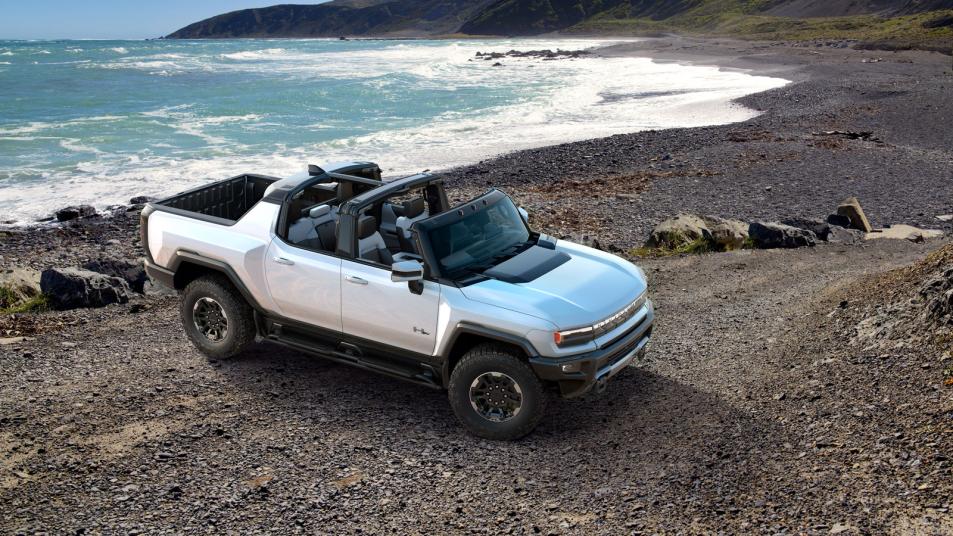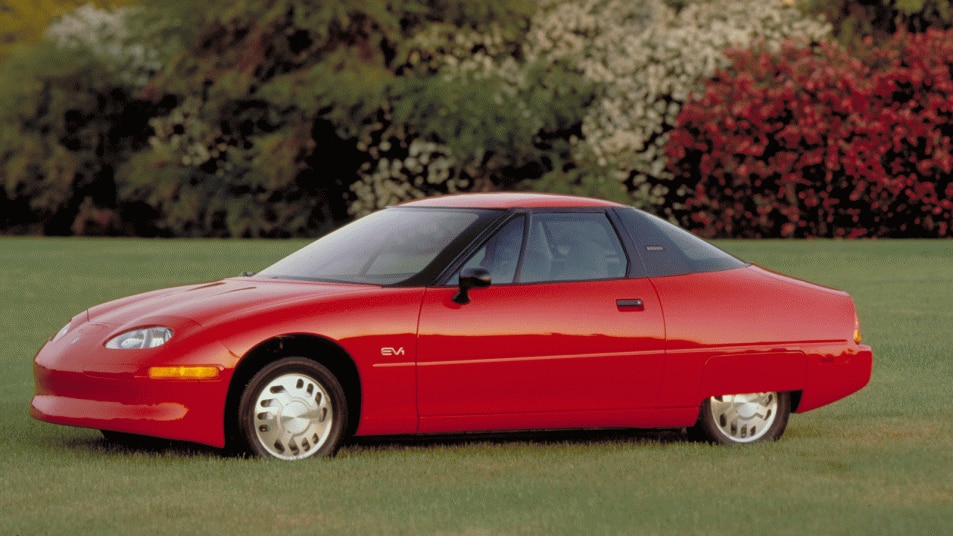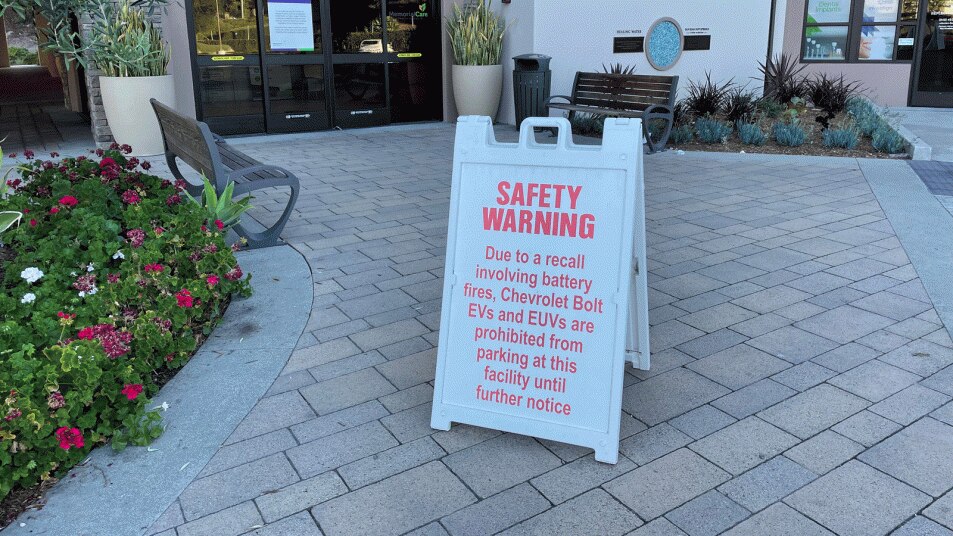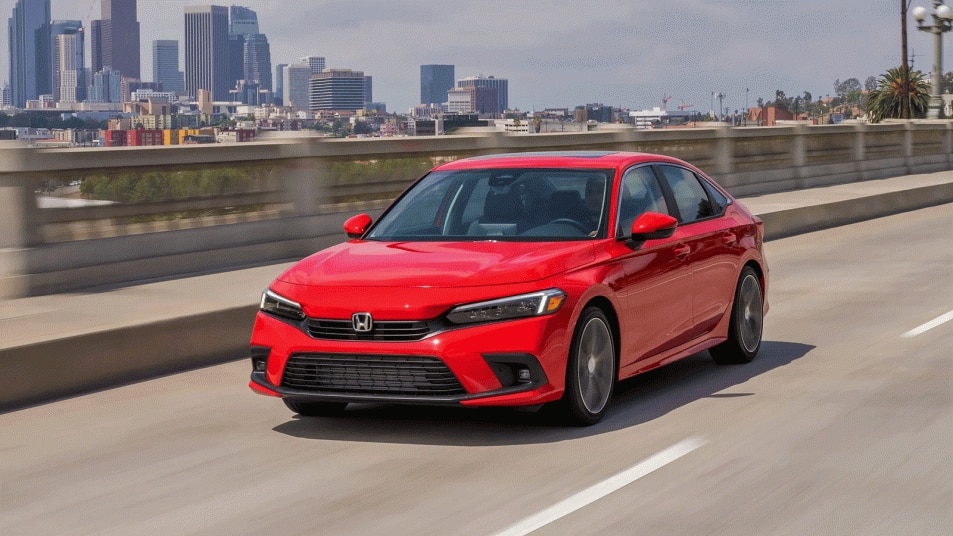Like a lot of Gen Z drivers, I prefer an electric car because I care about the earth. Experts say climate change and other environmental issues plaguing the world concern my generation. As a result, you may wonder why you don’t see more teens and 20-somethings driving electric vehicles (EVs).
Although I prefer electric cars, I don’t own one. So, why am I not driving an EV? For starters, let’s look at history, and then I’ll get into what’s happening now.
History of Electric Vehicles
In 1891, an inventor named William Morrison from Des Moines, Iowa, created a 6-passenger electric wagon capable of reaching 14 mph. More electric vehicles followed in the early 1900s, all swamped by gasoline-powered cars. For nearly the entire 20th century, electric cars moved aside as humans perfected the internal combustion engine.
In the 1980s, an emerging hole in the ozone layer and other environmental concerns generated renewed interest in EVs. If you are an automotive enthusiast of a certain age, you probably remember the days of the GM EV1, the first mass-produced electric car. The EV1 launched in 1996, marking new beginnings for the automotive industry. Available as a lease-only vehicle in parts of the country, it had a unique, modern look and a cult following.
Unfortunately, General Motors canceled the lease program in the early 2000s under controversial circumstances. Customers sent their EV1s back to GM, which the automaker then sent to the crusher. Profits from gasoline-powered cars continued to trump profits from electric cars, so the EV1 was put out to pasture. Most Gen Zers don’t know of the EV1 due to their youth.
For Generation Z, Tesla jumps to mind when thinking of electric cars. The carmaker’s innovative business strategies easily attract Gen Z’s attention. Online purchasing capabilities, in-vehicle “Easter eggs,” and Elon Musk’s idiosyncrasies all contribute to Tesla’s success with Gen Z. As the first EV brand to achieve sustained success, Tesla shook the market and commenced the race for electric cars. However, most of Gen Z can’t afford the starting price of $48,490 for an entry-level Tesla Model 3 (RWD-only model). The cheapest electric cars also remain slightly more expensive than comparable gas-powered vehicles. The Nissan Leaf starts at $27,500, and the Chevrolet Bolt costs $26,595. Even though EVs have grown in popularity in recent years, it can still be tough to find cheap electric cars for sale.
An Electric Car Costs What Now?
Recent Cox Automotive data show that the average price for a new electric vehicle — over $66,000 — is “well above the industry average and more aligned with luxury prices than mainstream prices.” Simply put, current pricing makes electric cars inaccessible to Gen Z. The pricing comes from expensive battery technology. Notable brands like Tesla and Rivian do not offer electric vehicles under $30,000 — a price point that’s more affordable for Gen Z.
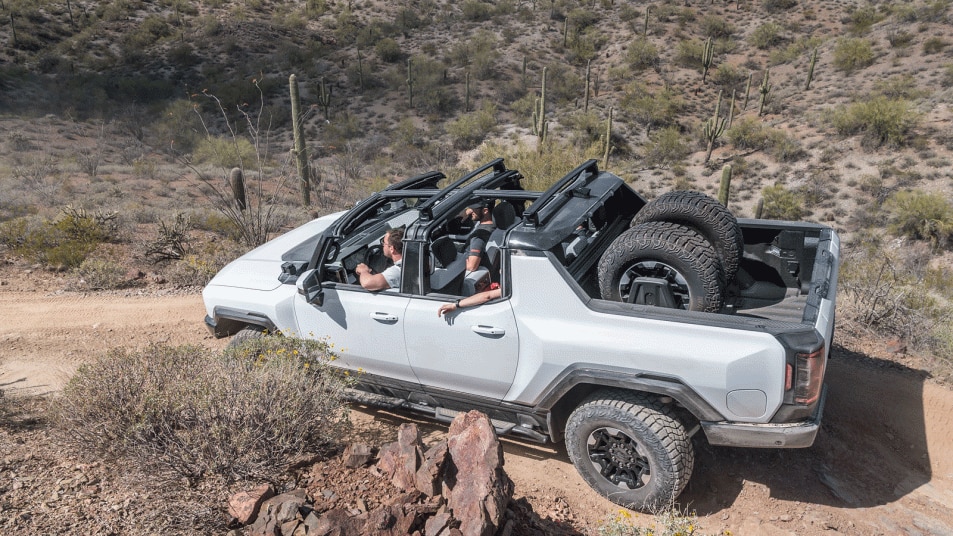
The GMC Hummer EV starts at $110,295.
Although the growth of social media created a materialistic culture within Gen Z, we still value practicality and “balling on a budget.” For example, Gen Z finds the personalization of streaming services appealing. We can watch popular shows and save money by not paying for unwatched channels, which explains why Gen Z cut the cord on cable subscriptions. The abundance of options in today’s market for virtually any item or service means Gen Z searches for and finds better and cheaper ways. While it’s possible to justify certain purchases outside budget boundaries, it’s mostly not an option for recent college graduates and younger drivers. The average priced EV at $66,000 cannot be justified.
To compare, a new gas-powered Toyota Corolla earns excellent MPG, safety, and reliability ratings, yet you’ll pay a third of the average EV transaction price. New Corollas start at $20,425, with a hybrid version costing $24,050. Although we want to drive eco-friendly vehicles, we cannot justify paying triple the price.
Electric Cars in Vogue
Toyota and Honda, two powerhouse mainstream brands in the United States, currently lack viable EVs. Toyota’s Mirai sports a unique electric-hydrogen powertrain. However, it starts at $49,500 and sells only in California. The Toyota bZ4X struggles to compete in a growing market. It suffers from low-range estimates and a recall requesting owners to stop driving until the car gets fixed under warranty because a wheel may come off.
As for Honda, the carmaker will keep us waiting. The 2024 Honda Prologue, an electric SUV, will not debut for at least another year. The manufacturer had flirted with EVs before, although the Honda Fit EV and Clarity EV lived short lives.
Meanwhile, BMW, Audi, and Mercedes-Benz continue to thrive in the EV race, along with Jaguar, Porsche, and Volvo. And then there are newcomers, including Rivian with its off-road-oriented R1S, starting at $72,500, and R1T at $67,500. Cox Automotive, the parent company of Autotrader, is a minority investor in Rivian.
While most people view Tesla as a status symbol, Gen Z can’t even get close to affording their vehicles, let alone a Lucid Air. The Lucid Air’s cheapest model, Pure, starts at $87,400.
What’s going on here? Why does nearly every luxury automaker offer an electric vehicle, yet affordable brands like Toyota and Honda seem so far behind with practical options? With automakers exploiting EV cool factor, torque, and performance, electric cars attract the wealthy. For example, check out the lime green boost button in the Genesis GV60 pictured above. When pressed, the button can hustle the car to 60 mph in under four seconds.
It’s Always Something with EVs
Ford recently introduced its Mustang Mach-E, which is not inexpensive and gets marketed as a performance car. Although their F-150 Lightning has a low starting price, it can quickly get pricey when well-equipped. Hyundai’s IONIQ 5 and Kona Electric fall behind the leaders in range. The EPA estimates standard range figures of 220 and 258 miles, respectively.
Autotrader reviewer Lyn Woodward said the GMC Hummer EV is difficult to stop with its 9,000 pounds weight. She says, “Get on the brake pedal early; it’s deceiving how much it takes to stop the Hummer.”
The Chevrolet Bolt faced two recalls in the past over its batteries catching on fire on specific models. The automaker and the National Highway Traffic Safety Administration (NHTSA) asked owners of recalled Bolts not to park their vehicles indoors or near their homes.
There’s always “something” when it comes to electric cars. Something holds me back, whether it’s unappealing styling for Gen Z, poor EPA estimates, battery longevity concerns, or weird names (c’mon, Toyota — bZ4X?).
Automakers think “futuristic” styling or naming convention will attract Gen Z’s attention. Instead, most people my age prefer a simple design and affordable price, both completed by the Honda Civic. And apparently, Gen Z big spenders like the Jeep Grand Cherokee for its clean styling, large cargo capacity, and trim levels for adventure-seekers. If EV manufacturers took cues from these two vehicles, Gen Zers might flock to dealerships.
Electric Vehicles: The Charging Issue
How long does it take to charge an electric car? With a fast charger, 30 minutes can suffice. Charging with a household outlet, however, can take over 12 hours. Although 6,000 charging stations currently exist, the charging network for electric cars is not keeping pace with the number of EVs on the road. Long trips, particularly ones through rural areas, get hindered by the lack of available chargers.
President Joe Biden recently set a goal of deploying 500,000 EV chargers by 2030. This development would help but not soon enough for Gen Z, who Forbes recently called the most impatient generation. Technology provides instant gratification from Netflix to Spotify, Wikipedia, Uber Eats, and Instacart. Gen Z quickly acclimated to no advertisements and no wasted time. Waiting for a vehicle to recharge, especially on a long drive, frustrates just about anyone.
Meanwhile, Tesla has installed over 1,200 Supercharger stations across the U.S. Tesla plans to open up its network to non-Tesla drivers soon, though it’s unclear when that will happen.
My Ideal Electric Car
Now, let me tell you about my dream electric car (and one that Gen Z would surely approve of).
In short, I would pop an electric motor in the 2022 Honda Civic. I wouldn’t change its name. I wouldn’t add garish styling cues. With excellent fuel economy ratings and an attractive design, the Civic can carry many people and things. It hails from a reliable brand. Most importantly, its gas-powered version starts at $22,550, not including destination fees.
After all, Honda wins the most popular superlative in Gen Z’s yearbook. Insurance comparison shopping website Insurify measured the most frequently purchased vehicles of Gen Z, with Accord and Civic taking first and second place, respectively. So, it makes sense for the Japanese brand to introduce electric versions of their sedans.
EVs and Battery Tech
The Lucid Air Dream currently holds the crown for EV with the most extended range due to its large battery capacity, at 118 kWh. By comparison, the Mini Cooper SE, which garners criticism for its short range, offers a 32.6 kWh battery capacity. For now, battery size determines range. That electric Civic is just a dream until a smaller, lighter, yet more efficient battery comes to fruition.
Automakers may be inching closer to such advancements. But, for Gen Z’s sake, I hope it comes sooner.
